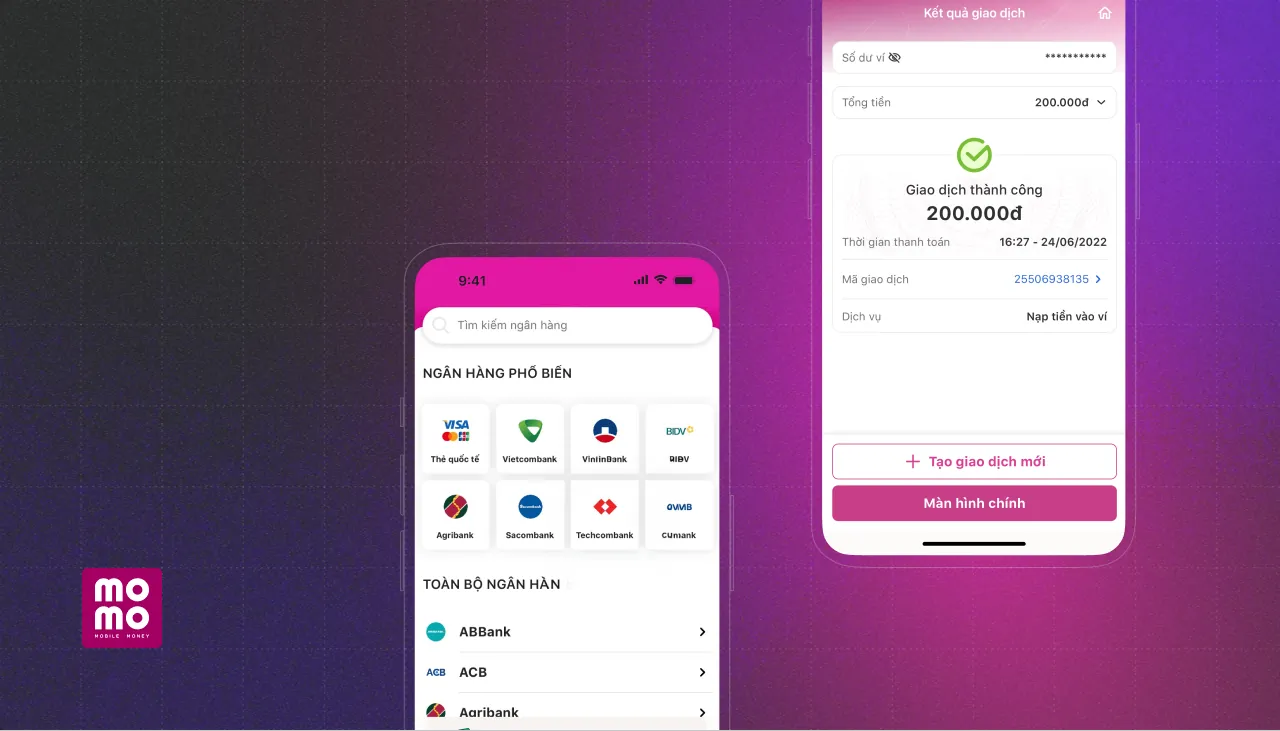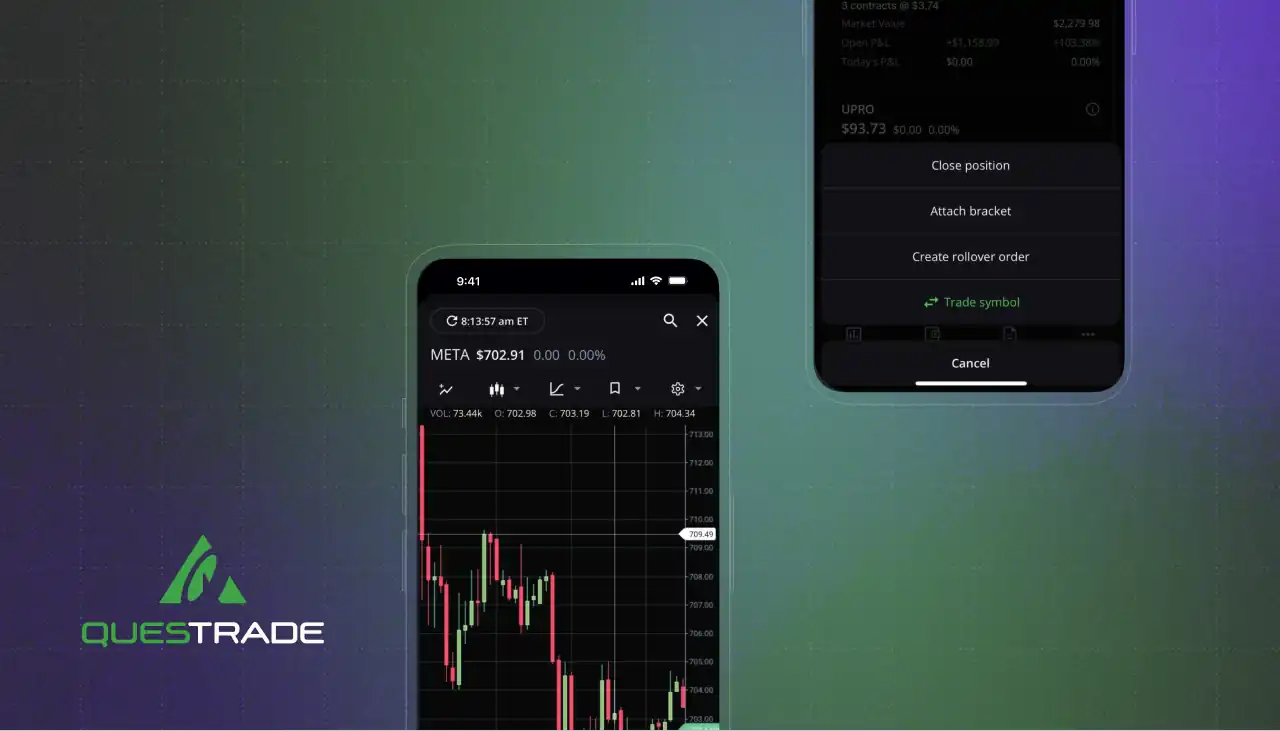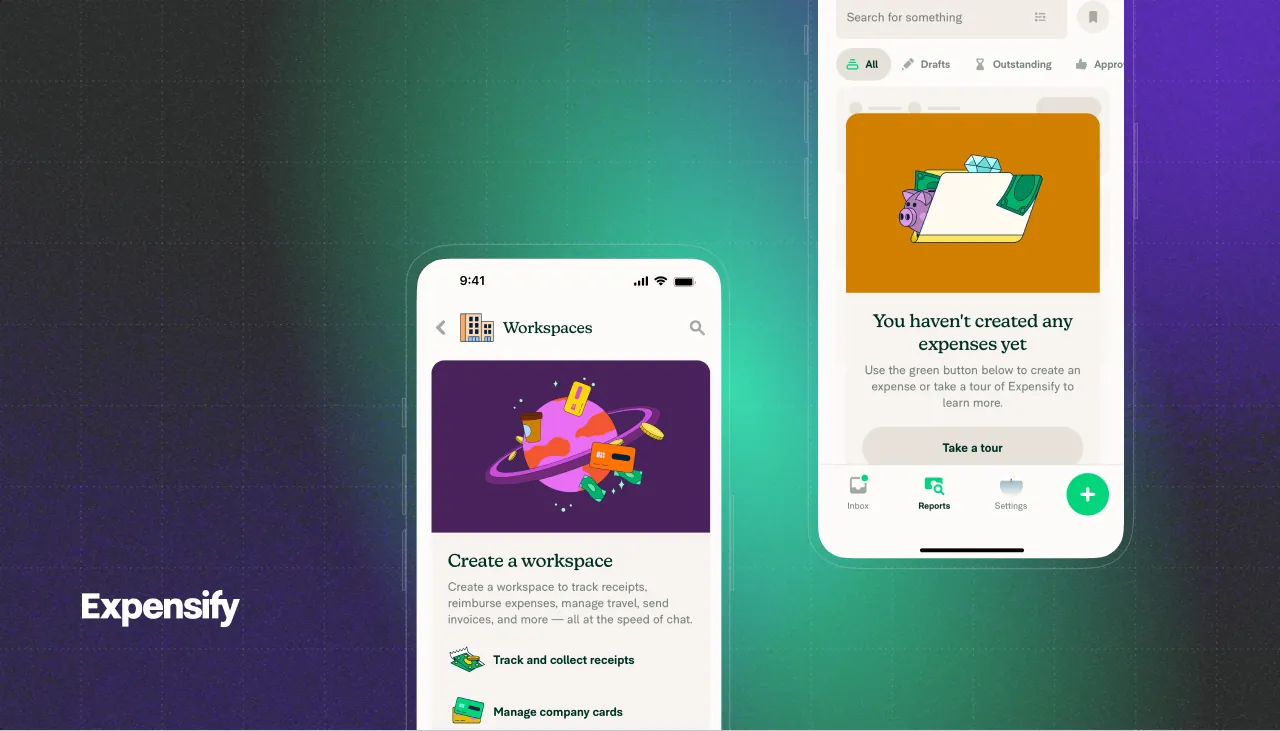Improving performance of Super App
MoMo successfully migrated its platform and mini apps to a new architecture using Re.Pack, boosting performance and scalability.

.svg)

Migration to Re.Pack required support beyond out-of-the-box tools
MoMo had an existing Super App in React Native and was in the process of migrating to Re.Pack in order to improve overall performance and developer experience.
They were looking for a trusted partner to help them perform the migration faster, as well as provide in-house training and additional features not present in Re.Pack at that time.
Implementing custom functionality and providing on-site training
The project was divided into four main deliverables:
Migration of the main platform and one mini app
We implemented a secure chunk loader for loading mini app bundles, integrated it with the current system, developed base64 mechanisms for loading assets, adjusted the mini app configuration to use Re.Pack, and supported the Hermes engine. This led to the development of the MoMo core package, producing a performance benchmark report, and ensuring library compatibility.
Creation of the in-house development platform
We created a detailed dev platform architecture, integrated mini apps, configured Re.Pack for building bundles, and enabled debugging, hot module reloading, and added dev tools support. This resulted in an independent sandbox development platform and adjustment of the communication module within the MoMo core package.
Documentation
We created comprehensive technical documentation for the chunk loader and the end-to-end migration process.
Upskilling MoMo developers
We conducted a series of workshops, focusing on teaching MoMo developers how to handle the Re.Pack migration process independently.
Completed migration to Re.Pack with knowledge handover
Through our efforts, the MoMo platform and mini apps were successfully migrated to a new architecture on top of Re.Pack.
We also developed an independent sandbox platform for third-party developers, prepared comprehensive documentation, and up-skilled the MoMo development team.
This project not only improved the performance and scalability of MoMo's services but also empowered their development team to manage future migrations and developments effectively.

Need React or React Native
expertise you can count on?
We’ve spent years building full-stack, cross-platform apps and solving tough technical challenges. How can we help you?

How we’ve solved similar challenges
See more examples of how we solve architecture, performance, and scale challenges with tailored React and React Native solutions.

